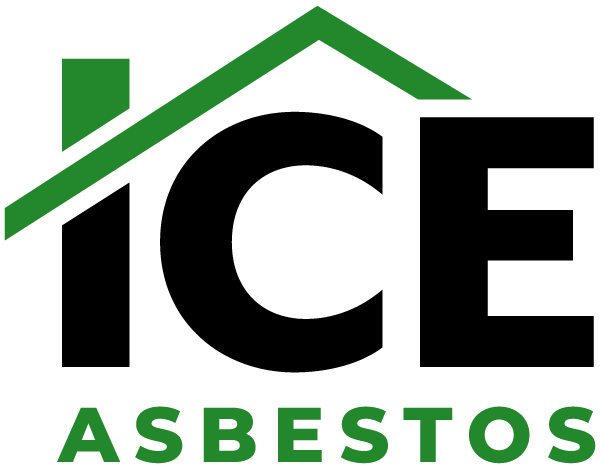We need to be clear from the start – no form of asbestos is safe – there are just some that are more dangerous than others, because they are at a higher risk of becoming damaged and releasing their fibres.
How to spot the difference
Whilst asbestos is no longer used within building materials and has been illegal since 1999, there are three types that are still commonly found within properties that you need to be aware of:
- Blue asbestos (crocidolite) – the least heat resistant of the three, blue asbestos was mainly used for spray-on coatings, pipe insulation and cement products.
- Brown asbestos (amosite) – used most frequently in cement sheets and pipe insulation; brown asbestos can also be found in insulating boards, ceiling tiles and within thermal insulation products.
- White asbestos (chrysotile) – the most commonly used of these three asbestos’s, white asbestos is usually found in roofs, ceilings, walls and floors, but has also been known to be used on pipe insulations and on boiler seals.
Each of the above are equally dangerous carcinogens that if breathed in can lead to serious illnesses such as malignant mesothelioma, lung cancer, ovarian cancer and laryngeal cancer.
However, of the three – according to the Health Protection Agency – blue and brown are believed to be the most hazardous, as they require less exposure to trigger illnesses.
NOTE: the results of asbestos exposure are not immediate and can take 15-60 years to take effect.
Safer/Less used forms of asbestos
When it comes to your home or industrial property, the above forms of asbestos are the most common. Yet tremolite and anthophyllite are just two more types of asbestos that have been used in building materials in the past.
- Tremolite – not used commercially, tremolite is occasionally found as a contaminant in certain asbestos-containing insulation products, paints, sealants and roofing materials.
- Anthophyllite – grey/brown in colour, anthophyllite was never used commercially but is often found as a contaminant in composite flooring.
Taking action
As we’ve mentioned before, no form of asbestos is safe and all need to be treated with care if you plan to make modifications to a property.
That is why, before you start, complete the following checklist:
- Clarify when your property was built – if it was built before the year 2000 there is a high chance your property contains asbestos. To confirm, look around your building and see if you can identify any ACM’s, but also review building plans.
- Carry out an inspection – if in any doubt, get a professional inspection completed where they can safely take samples and confirm the presence of asbestos.
- Assess the condition of ACM’s – if the presence of asbestos is confirmed, you’ll need to review the condition of the materials and determine whether they’re safety i.e. look for existing damage or the risk of future damage. If there is any damage to areas you don’t wish to change, get it repaired.
- Keep a written record – all findings whether they are positive for asbestos or not need to be recorded and passed onto future buyers. They are also essential when hiring contractors and builders so they are fully aware of its presence.
If you’ve spotted asbestos in one of your properties and require a thorough inspection, at ICE Asbestos we are licensed, trained and insured to work all over the UK, with offices based in Nottingham, Darlington, Birmingham, Leeds and Norwich.
